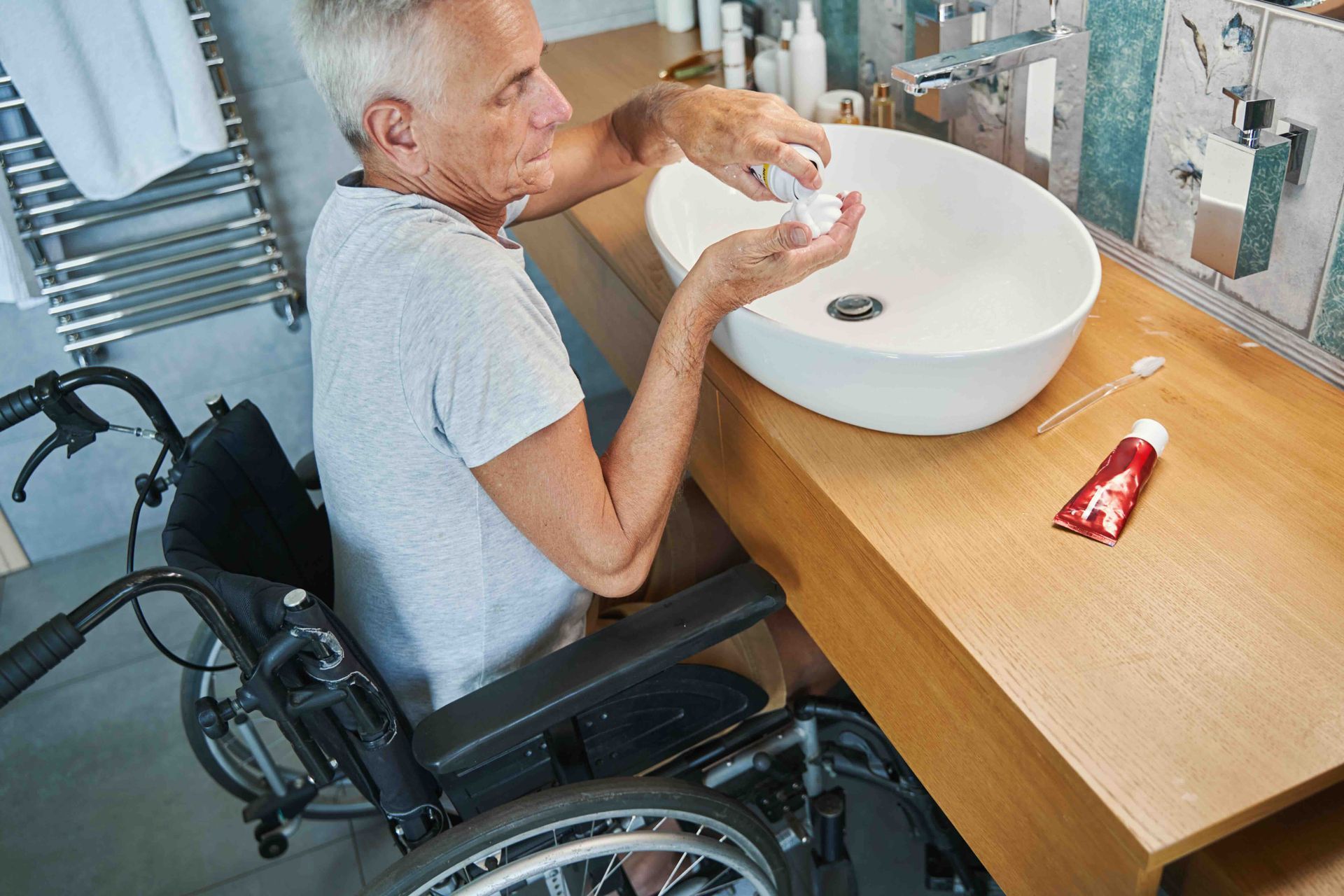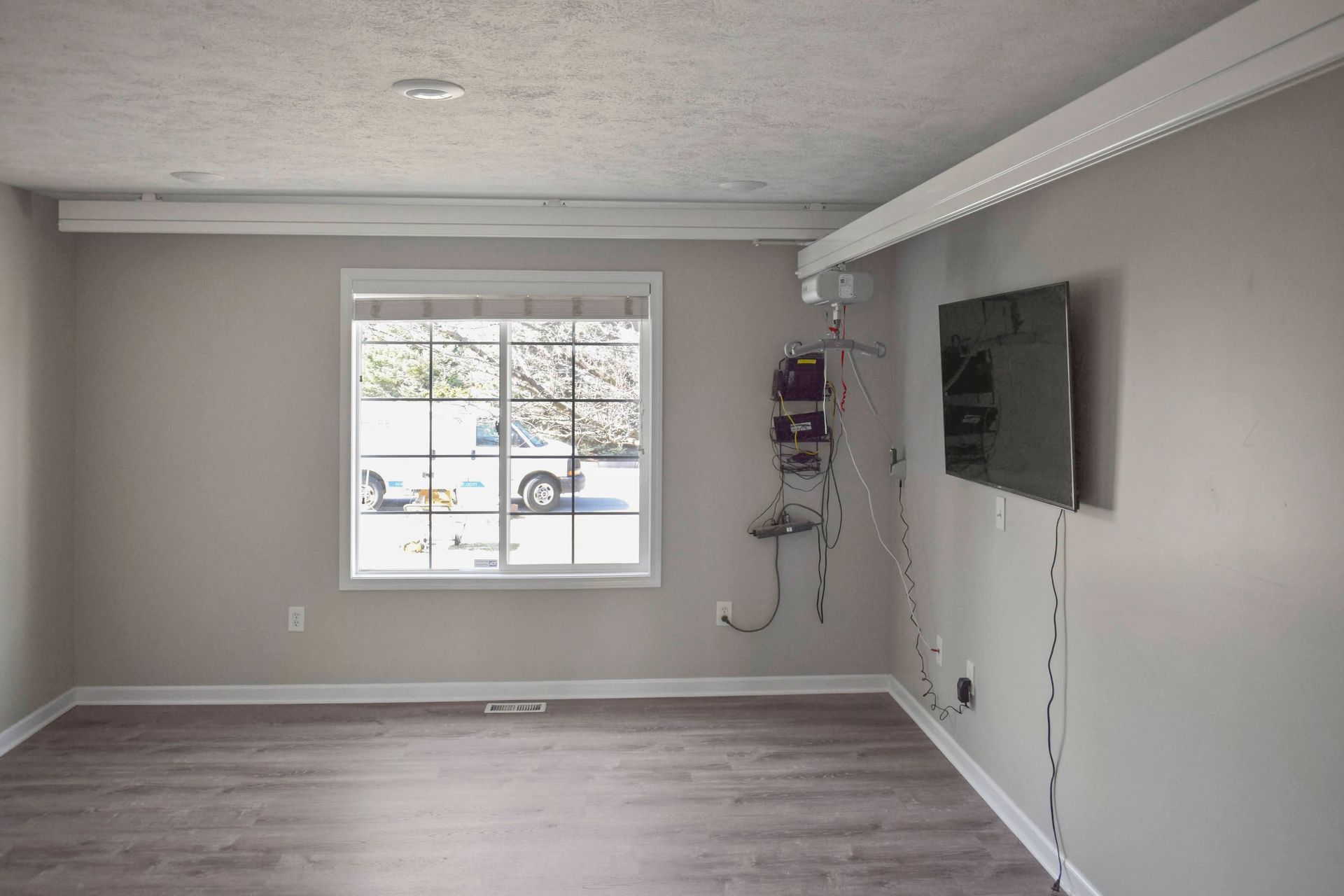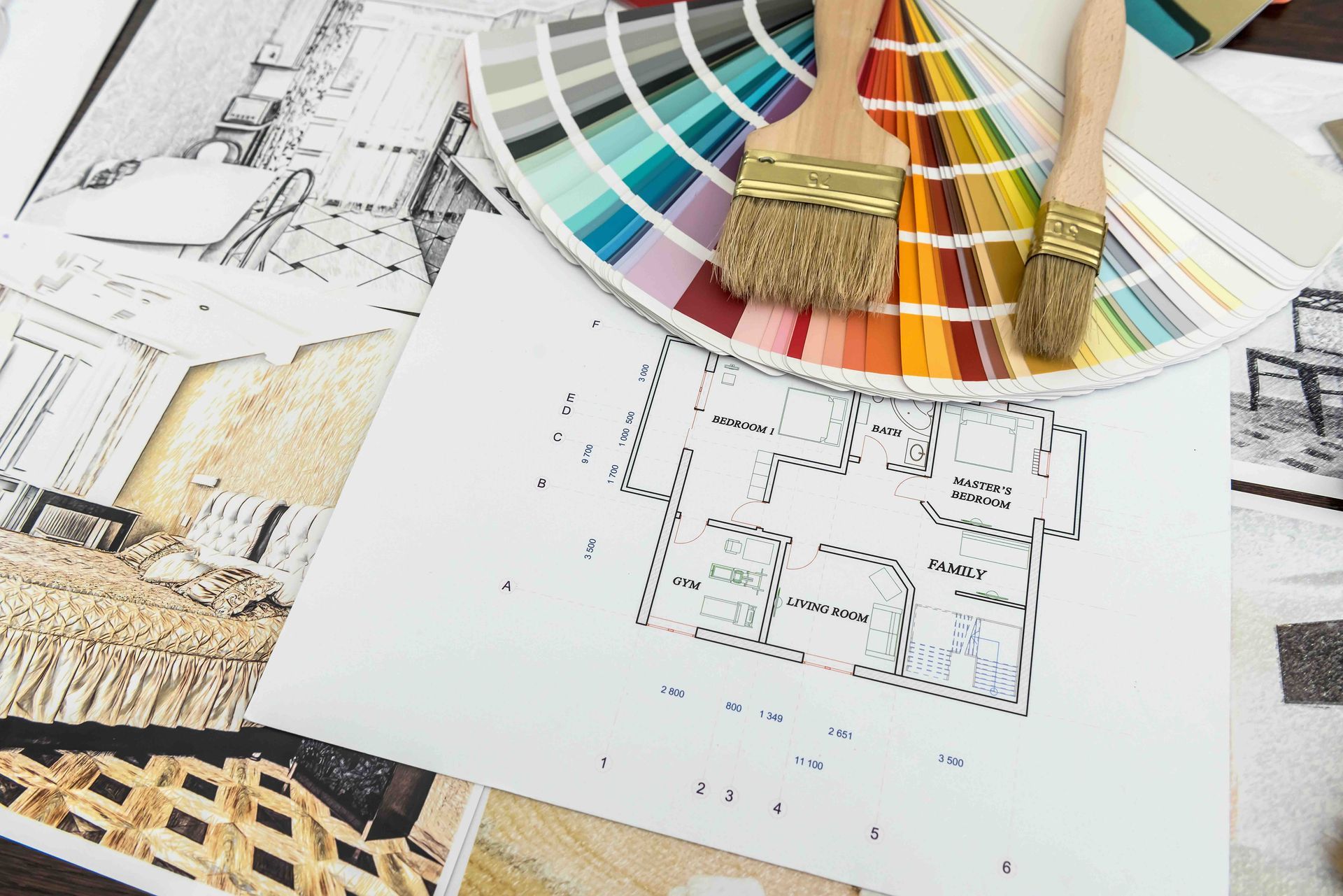As the American population ages, the concept of "aging in place" has become more and more popular with seniors and their families. Aging in place refers to the ability of older adults to live in their own homes safely, independently, and comfortably as they age.
For many elderly individuals, their home is more than just a physical structure—it is a repository of memories, a symbol of independence, and a space where they feel a sense of belonging. The same concepts also apply to seniors in group homes. However, as physical and cognitive abilities change with age, homes that were once perfectly suited to their needs may become challenging or even hazardous environments. To truly understand home spaces from the elderly’s point of view, it is essential to consider their unique needs and how universal design and barrier-free construction can create spaces that support their well-being and independence.
Are you looking for an expert resource in accessible spaces, special modifications for persons with mobility challenges, and more? Contact Lakeshore Barrier Free today.
The Importance of Aging in Place
Aging in place is not just a matter of convenience; it is deeply tied to emotional and psychological well-being. For many elderly individuals, moving to assisted living facilities or nursing homes can feel like a loss of autonomy and a disruption of their sense of identity. Staying in their own homes allows them to maintain their routines, stay connected to their communities, and preserve their independence. However, this is only possible if their homes are adapted to meet their changing needs.
As people age, they may experience mobility issues, reduced strength, balance problems, and chronic health conditions that make everyday tasks more difficult. Stairs, narrow doorways, slippery floors, and poorly lit spaces can become significant obstacles. To address these challenges, homes must be reimagined through the lens of universal design and barrier-free construction, ensuring that they remain safe, accessible, and functional for individuals of all ages and abilities.
Universal Design: A Framework for Inclusive Living
Universal design is an approach to creating environments that are accessible, usable, and comfortable for everyone, regardless of age, ability, or status. It emphasizes flexibility, simplicity, and inclusivity, ensuring that spaces can adapt to the needs of their users over time. For the elderly, universal design principles can transform a home into a space that supports their independence and enhances their quality of life.
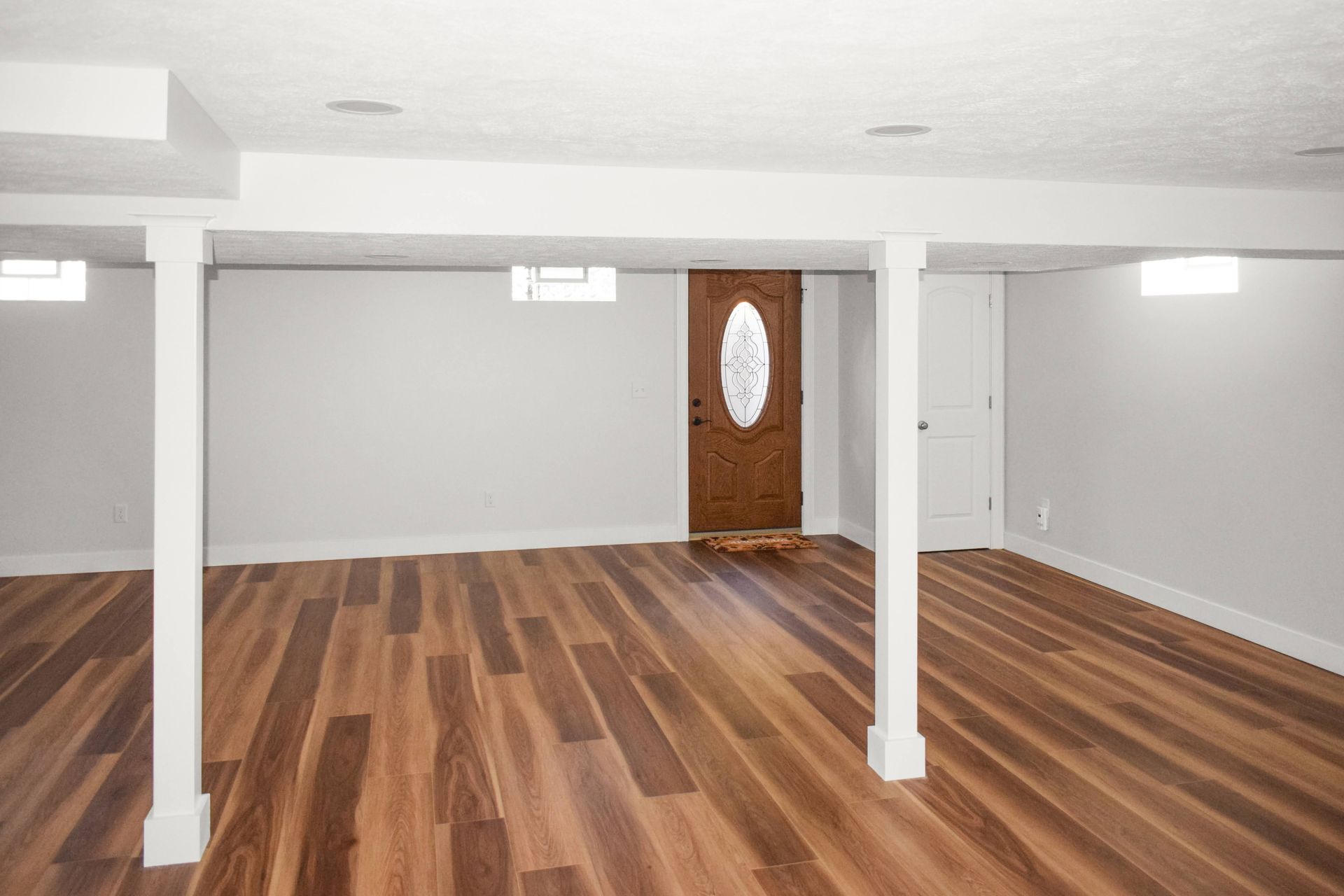
Key elements of universal design in home spaces include:
Wide Doorways and Hallways
Narrow doorways and hallways can be difficult to navigate for individuals using wheelchairs, walkers, or other mobility aids. Widening these spaces ensures ease of movement and reduces the risk of accidents.
Single-Level Living
Multi-story homes can pose significant challenges for elderly individuals with mobility issues. Creating a single-level living space, or at least ensuring that essential areas like the bedroom, bathroom, and kitchen are on the ground floor, can make a home more accessible.
Non-Slip Flooring
Slippery surfaces are a major hazard for the elderly, who may have balance issues or slower reaction times. Non-slip flooring materials, such as textured tiles or rubber, can help prevent falls.
Adequate Lighting
Poor lighting can make it difficult for elderly individuals to navigate their homes safely, especially at night. Installing bright, evenly distributed lighting along with motion-sensor lights can improve visibility and reduce the risk of accidents.
Lever-Style Door Handles and Faucets
Arthritis and reduced hand strength can make it difficult for elderly individuals to operate traditional doorknobs and faucets. Lever-style handles are easier to use and require less dexterity.
Accessible Storage
Cabinets and shelves that are too high or too low can be challenging for elderly individuals to reach. Adjustable-height storage solutions and pullout shelves can make it easier for them to access their belongings.
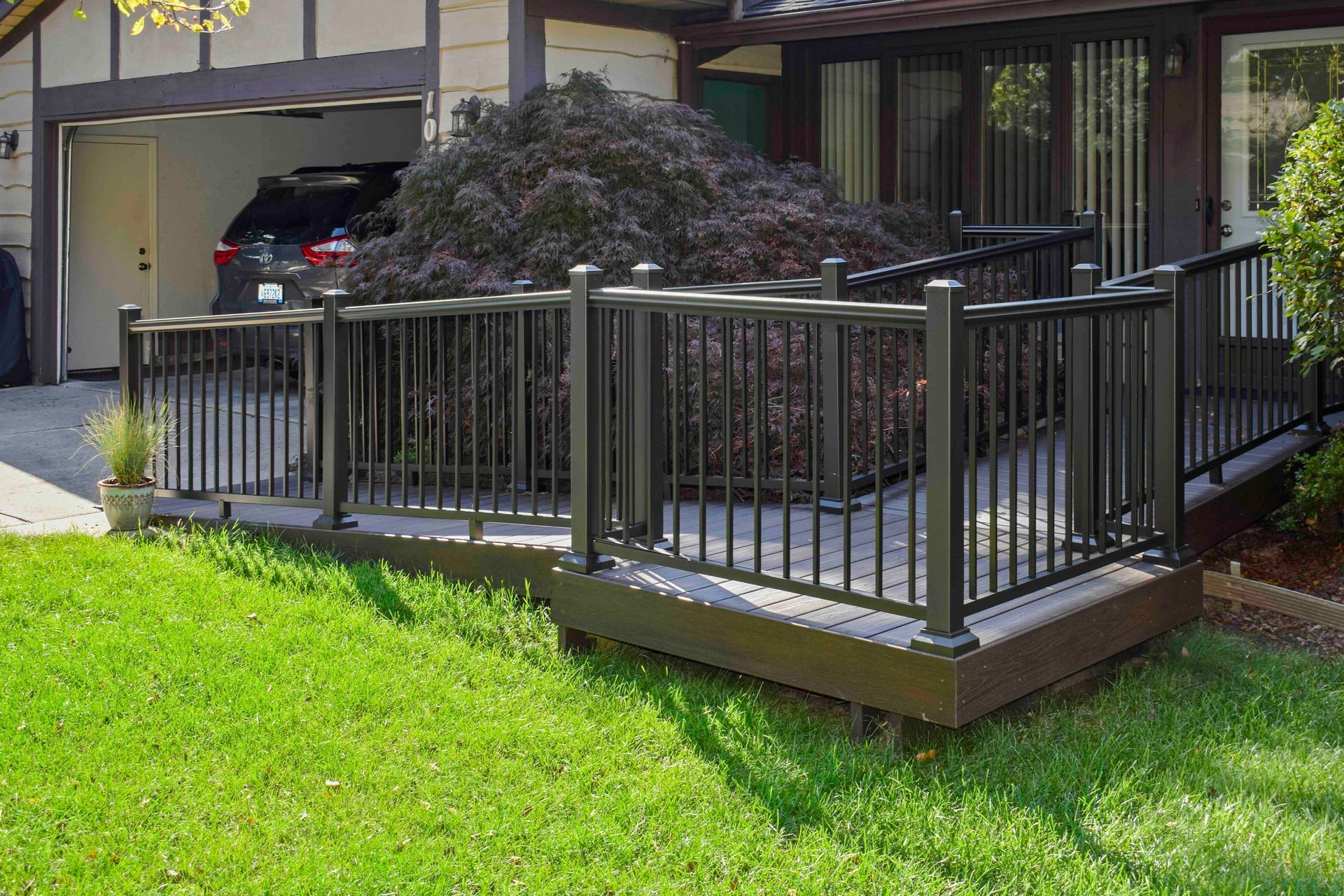
Barrier-Free Construction: Removing Physical Obstacles
Barrier-free construction and home modifications take universal design a step further by eliminating physical barriers that can impede mobility and accessibility. This approach is particularly important for elderly individuals with significant mobility impairments or disabilities. Key features of barrier-free construction include:
For elderly individuals who use wheelchairs or walkers, stairs can be an insurmountable obstacle. Installing wheelchair ramps at entrances and between different levels of the home ensures that they can move freely and independently. Ramps should have a gentle slope and non-slip surfaces to ensure safety.
Step-Free Showers
Traditional bathtubs and showers with high thresholds can be difficult and dangerous for elderly individuals to navigate. Step-free or walk-in showers with grab bars and non-slip flooring provide a safer and more accessible bathing option.
Elevators and Chair Lifts
In multi-story homes, elevators or chair lifts can provide a practical solution for elderly individuals who have difficulty climbing stairs. These installations can be customized to fit the specific layout and needs of the home.
Accessible Countertops and Workspaces
Lowering countertops in the kitchen and bathroom can make these spaces more accessible for individuals who use wheelchairs or have difficulty standing for long periods. Adjustable-height workspaces can also accommodate different users and needs.

The Role of Patient Lifts in Home Spaces for the Elderly and the Disabled
For elderly individuals with severe mobility impairments or disabilities, patient lifts can be a vital tool for maintaining independence and ensuring safety. Patient lifts are devices designed to assist caregivers in transferring individuals from one place to another, such as from a bed to a wheelchair or from a wheelchair to a bathtub. They reduce the physical strain on caregivers and minimize the risk of injury for both the caregiver and the individual being lifted.
There are several types of patient lifts available, each suited to different needs and home environments:
Hoyer Lifts
These are hydraulic or electric lifts that use a sling to support the individual during transfers. They are ideal for individuals who have limited mobility and require assistance with most transfers.
Ceiling Lifts
Ceiling lifts are mounted on tracks installed in the ceiling, allowing for smooth and effortless transfers. They are particularly useful in homes with limited floor space, as they do not require a bulky frame.
Standing Lifts
These lifts assist individuals who have some weight-bearing ability but need support to stand and transfer. They are often used for individuals who are undergoing rehabilitation or have partial mobility.
Sit-to-Stand Lifts
These lifts help individuals move from a seated position to a standing position, making it easier for them to transfer to a wheelchair, walker, or other mobility aid.
When choosing a patient lift, it is important to consider the specific needs of the individual, the layout of the home, and the preferences of the caregiver. Proper installation and training are also essential to ensure that the lift is used safely and effectively.
Emotional and Psychological Considerations
While physical adaptations are crucial, it is equally important to consider the emotional and psychological aspects of home spaces for the elderly.
For many, their home is a place of comfort and familiarity, and changes to the environment can be unsettling. Involving elderly individuals in the decision-making process and respecting their preferences can help them feel more in control and less resistant to necessary modifications.
Additionally, creating spaces that promote social interaction and engagement can have a positive impact on mental health. Open floor plans, comfortable seating areas, and accessible outdoor spaces can encourage family members and friends to visit, reducing feelings of isolation and loneliness.
Key Takeaways
Understanding home spaces from the elderly’s point of view requires a holistic approach that considers their physical, emotional, and psychological needs. By incorporating universal design principles and barrier-free construction, homes can be transformed into safe, accessible, and supportive environments that enable elderly individuals to age in place with dignity and independence. Features such as wheelchair ramps, step-free showers, and patient lifts play a critical role in ensuring mobility and safety, while thoughtful design choices can enhance comfort and well-being. Ultimately, creating a home that adapts to the needs of its elderly occupants is not just about making physical changes—it is about fostering a sense of belonging, autonomy, and quality of life.
Contact Lakeshore Barrier Free Today for Barrier-Free Home Modifications for Aging in Place.
Lakeshore Barrier Free is a Certified Aging-in-Place Specialist (CAPS) dedicated to helping seniors live independently and comfortably in their own homes as they age. Aging in place is a growing movement that allows older adults to remain in familiar surroundings rather than transitioning to assisted living facilities or nursing homes. This approach emphasizes independence, emotional well-being, and the preservation of personal connections, making it a cornerstone of modern elder care.
Thanks to advancements in healthcare, technology, and innovative home modifications, aging in place is more achievable than ever. By adapting homes to meet the unique needs of seniors—such as installing grab bars, wheelchair ramps, or walk-in showers—families can create safe, accessible environments that support daily living. These changes not only enhance safety but also foster a sense of autonomy and dignity.
Aging in place offers profound emotional benefits by allowing seniors to stay connected to their communities, routines, and cherished memories. It also provides practical advantages, including cost savings compared to institutional care and the ability to receive personalized, continuous support. By prioritizing aging in place, older adults can maintain their quality of life while staying close to loved ones and the places they hold dear.
Ultimately, aging in place is about empowering seniors to live life on their own terms, surrounded by the comfort and familiarity of home. Lakeshore Barrier Free’s expertise ensures that homes are transformed into spaces that promote safety, independence, and well-being, enabling seniors to thrive as they age.
TALK TO THE EXPERTS OF LAKESHORE BARRIER FREE TODAY!
We believe that everyone should have access to every area of their home! We work directly with you to make sure that every grab bar, bathroom sink, kitchen countertop, patient lift, and more is at the perfect location for you and your loved ones. Call us at
(616) 477-2685 or email us at
Info@LakeshoreBarrierFree.com
CONTACT LBF for Barrier-free living
At Lakeshore Barrier Free, we strive to create welcoming, accessible, and functional living environments for everyone.

CONTACT LBF for Barrier-free living
At Lakeshore Barrier Free, we strive to create welcoming, accessible, and functional living environments for everyone.


VETERAN-OWNED
(616) 477-2685
Info@LakeshoreBarrierFree.com
307 Northern Dr, Suite C, Grand Rapids, MI 49534

VETERAN-OWNED
307 Northern Dr, Suite C
Grand Rapids, MI 49534
Navigation
Services
All Rights Reserved | Lakeshore Barrier Free
Website by SPECK DESIGNS
All Rights Reserved | Lakeshore Barrier Free
Website by SPECK DESIGNS

